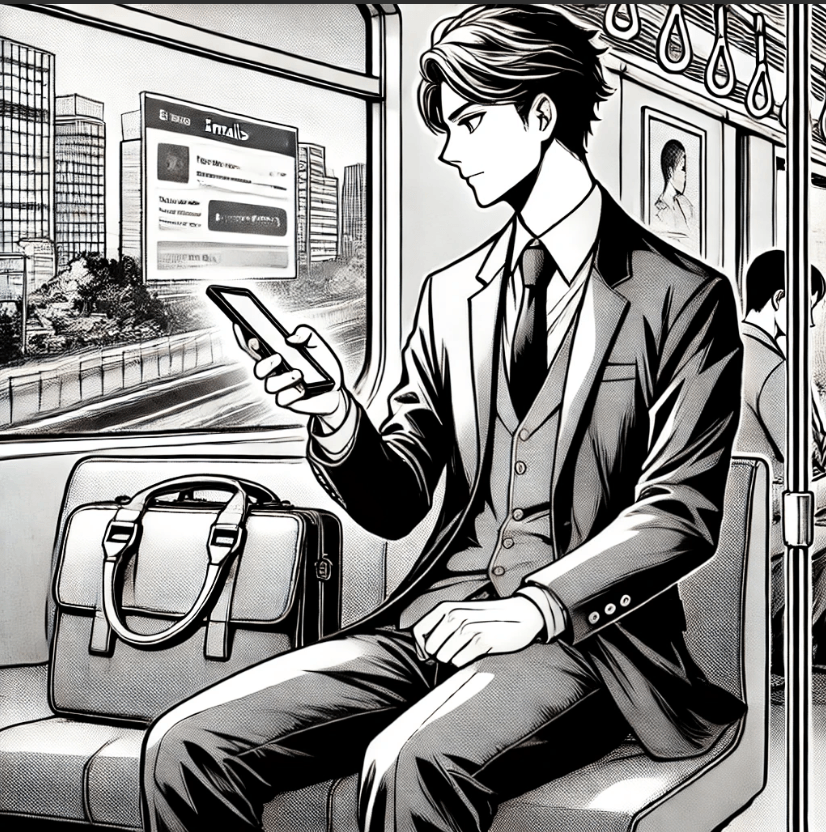Mastering Dutch Business Emails: Writing with Confidence and Professionalism
In the corporate world, email communication is essential. Whether you’re reaching out to clients, colleagues, or business partners in the Netherlands, knowing how to write a professional Dutch email can make all the difference. In this guide, we’ll dive deep into the structure, etiquette, and best practices for crafting clear and professional Dutch business emails.
Understanding Dutch Business Email Structure
A well-written Dutch business email follows a specific format:
1. Subject Line (Onderwerpregel)
Your subject line should be concise and relevant. Example:
Aanvraag voor een offerte – [Your Company Name] (Request for a Quote – [Your Company Name])
Vergaderverzoek op [Datum] (Meeting Request on [Date])
The salutation depends on the formality of the email:
Formal:Geachte heer/mevrouw [Last Name], (Dear Mr./Ms. [Last Name],)
Neutral:Beste [First Name], (Dear [First Name],)
Informal:Hoi [First Name], (Hi [First Name],) – Used for colleagues or informal business relationships.
Start your email with a polite introduction. Examples:
Ik hoop dat dit bericht u in goede gezondheid bereikt. (I hope this message finds you well.)
Naar aanleiding van ons gesprek stuur ik u hierbij de gevraagde informatie. (Following up on our conversation, I am sending you the requested information.)
Keep your email clear and to the point. Use short sentences and structure your message logically:
Introduction: State the purpose of your email.
Details: Provide necessary information in bullet points if needed.
Call to Action: Indicate the next steps (e.g., requesting a response, confirming a meeting, or sending documents).
Wrap up your email with a polite closing remark:
Ik hoor graag uw reactie tegemoet. (I look forward to your response.)
Mocht u nog vragen hebben, aarzel dan niet om contact op te nemen. (If you have any questions, please do not hesitate to contact me.)
Formal:Met vriendelijke groet, (With kind regards,)
Neutral:Groeten, (Best regards,)
Informal:Hartelijke groeten, (Warm regards,)

Common Mistakes to Avoid
Overly Direct Language – The Dutch appreciate directness, but politeness is key in professional emails.
Using Informal Greetings in Formal Emails – Always use Geachtefor formal emails.
Long, Unstructured Emails – Keep messages concise and well-organized.
Forgetting Attachments – Always double-check attachments before sending.
Practical Tips for Writing Better Dutch Business Emails
Use Professional Language Tools – Platforms like Grammarly, LanguageTool, or DeepL Write can help correct grammar and style.
Read Dutch Business Emails – Familiarize yourself with common phrases by reading professional Dutch emails.
Practice and Get Feedback – Work with a language coach or colleague to refine your writing skills.
Take Your Business Communication to the Next Level
Mastering Dutch business emails enhances professionalism and builds strong business relationships. If you want expert guidance, Fluent Dutch offers personalized coaching and practice exercises to refine your business writing skills.
Sign up today and start writing with confidence!



